The Jenkins Automation Server Supply Chain Attack
The Jenkins community and users of the popular open-source automation server Jenkins were recently alerted to a new security vulnerability, officially designated as CVE-2024-23897. This vulnerability has drawn considerable attention due to its impact on the security of Jenkins installations worldwide. In this post, we will delve into the specifics of CVE-2024-23897, its implications, and the recommended mitigation strategies for this new supply chain attack.
.png?width=1200&height=630&name=CN-Assets%20(73).png)
Overview of CVE-2024-23897
CVE-2024-23897 is a critical vulnerability that affects the Jenkins automation server, a widely used tool for continuous integration and continuous delivery (CI/CD). The issue lies in the way Jenkins handles certain user permissions, potentially allowing unauthorized users to gain elevated privileges. The vulnerability has been classified with a high severity rating due to the potential for an attacker to manipulate CI/CD pipelines and gain access to sensitive information or disrupt operations.
Technical Details
The vulnerability stems from an improper authorization check in Jenkins core. Specifically, the flaw allows users with limited permissions to execute arbitrary code on the Jenkins server. This is made possible through manipulation of the job configuration settings, where certain scripts can be injected and executed without proper validation.
In a typical Jenkins setup, various security controls and permission checks are designed to prevent unauthorized configuration changes. However, CVE-2024-23897 bypasses these controls, making it possible for a lower-privileged user to escalate their permissions and perform actions typically reserved for administrators.
Impact
The primary risk associated with CVE-2024-23897 is unauthorized code execution, which can lead to complete system compromise. The implications of such an attack include:
Data Theft: Access to source code, build environments, and possibly credentials stored within the Jenkins server.
System Manipulation: Ability to alter build processes, inject malicious code, and manipulate outputs.
Denial of Service: Disruption of the CI/CD pipeline, potentially leading to significant downtime and operational disruption.
Prevention
Prevention of software supply chain attacks start with securing the supply chain. The steps required to do that are:
- Immutable provenance of artifacts
- Attestation of practices in the software development lifecycle
- Risk scoring for vendors and components
- Implement the SLSA framework
- Vulnerability scanning and a VEX process
- Use a software supply chain protection platform such as Codenotary’s Trustcenter
Mitigation Strategies
1. Update Jenkins to the Latest Version
The most immediate and effective step to protect against CVE-2024-23897 is to update Jenkins to the latest version provided by the Jenkins project team. This version includes patches specifically designed to close the security loophole associated with this vulnerability.
2. Review and Restrict User Permissions
Since CVE-2024-23897 involves elevation of privileges due to improper permission checks, it's crucial to review the current user roles and permissions within your Jenkins environment. Ensure that:
Permissions are granted based on the principle of least privilege, where users receive only the permissions necessary for their tasks.
Access controls are strictly enforced, and regular audits are conducted to identify and correct any permission anomalies or excesses.
3. Implement Network Segmentation and Firewalling
Network segmentation can limit the blast radius of a potential intrusion. By isolating the Jenkins servers:
Reduce the network paths accessible to an attacker.
Control the traffic to and from the Jenkins servers using stringent firewall rules and intrusion detection systems (IDS).
4. Implement a rigorous software supply chain protection strategy such as Codenotary’s Trustcenter
Implementing a solution to protect the whole software supply chain from source to runtime is very important to have a full view of every component and its version of applications. In cases like the Jenkins vulnerability, it enables a simple search for all occurrences of Jenkins and of specific versions.
Furthermore, continuous vulnerability scanning of every known component makes sure to never miss a known vulnerability and its severity.
.png?width=1200&height=630&name=CN-Assets%20(74).png)
